24 March 2025
If you’re a gamer who’s spent countless hours adventuring through vast landscapes, swinging swords, slinging spells, and making moral choices, you’ve probably wondered: how did role-playing games (RPGs) get so good? Western RPGs (like The Witcher or Skyrim) owe much of their depth and charm to a surprising influence—Japanese RPGs, or JRPGs.
Yep, those pixelated, melodramatic, and often grind-heavy adventures like Final Fantasy, Dragon Quest, and Chrono Trigger had a massive role in shaping the design of today’s Western RPG juggernauts. And trust me, their impact runs far deeper than just inspiring some flashy combat or colorful graphics. Let’s dive into the fascinating world of how JRPGs left their fingerprints all over Western RPG design.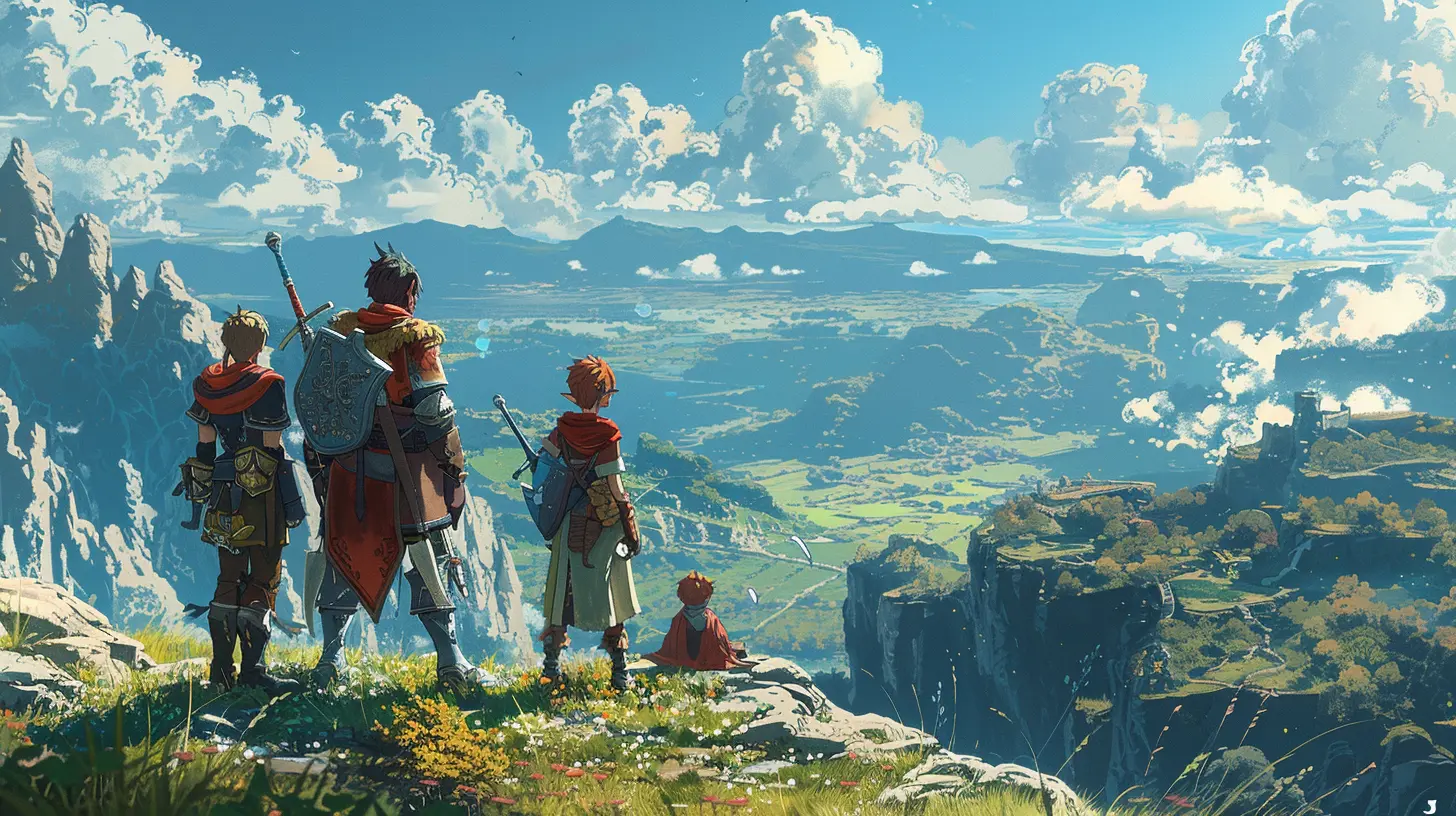
The JRPG-WRPG Divide: A Quick Primer
Before we jump in, let’s set the stage. JRPGs and Western RPGs each have their own vibe. JRPGs (typically developed in Japan) are known for their intricate, linear storylines, stylized art, and iconic turn-based combat. Think of a JRPG as an interactive anime episode that also demands strategic thinking.On the flip side, Western RPGs are all about player freedom and open-ended exploration. These are the games where you pick whether to be a hero or a villain, shaping the world around you based on your choices (cue moral dilemmas aplenty).
Sure, they have different flavors, but here’s the kicker: these two genres aren’t separate islands. They’ve been inspiring (and borrowing from) each other for decades! It’s like watching two kids trading lunch snacks—except, instead of swapping sandwiches, they’re trading groundbreaking game mechanics.
Story-Driven Design: How JRPGs Raised the Bar
Let’s be real: Western RPGs weren’t always known for their storytelling chops. Back in the early days, games like Ultima or Baldur’s Gate focused more on mechanics than narrative depth. Along came JRPGs, waving their banners of emotional storytelling, dramatic character arcs, and epic, world-saving quests.Take the Final Fantasy series, for example. This franchise didn’t just tell stories—it made you feel them. That twist with Aerith in Final Fantasy VII? C’mon, we’re still crying about it decades later! These games weren’t afraid to pull on your heartstrings, combining personal character struggles with high-stakes global conflicts.
Western RPG developers took notes. Suddenly, we started seeing more narrative-driven titles in the West. Games like Mass Effect and Dragon Age adopted JRPG-inspired character development, transforming party members into complex, relatable individuals instead of just soulless allies. It’s no stretch to say that the emotional weight you feel in modern Western RPGs owes a massive debt to JRPG storytelling.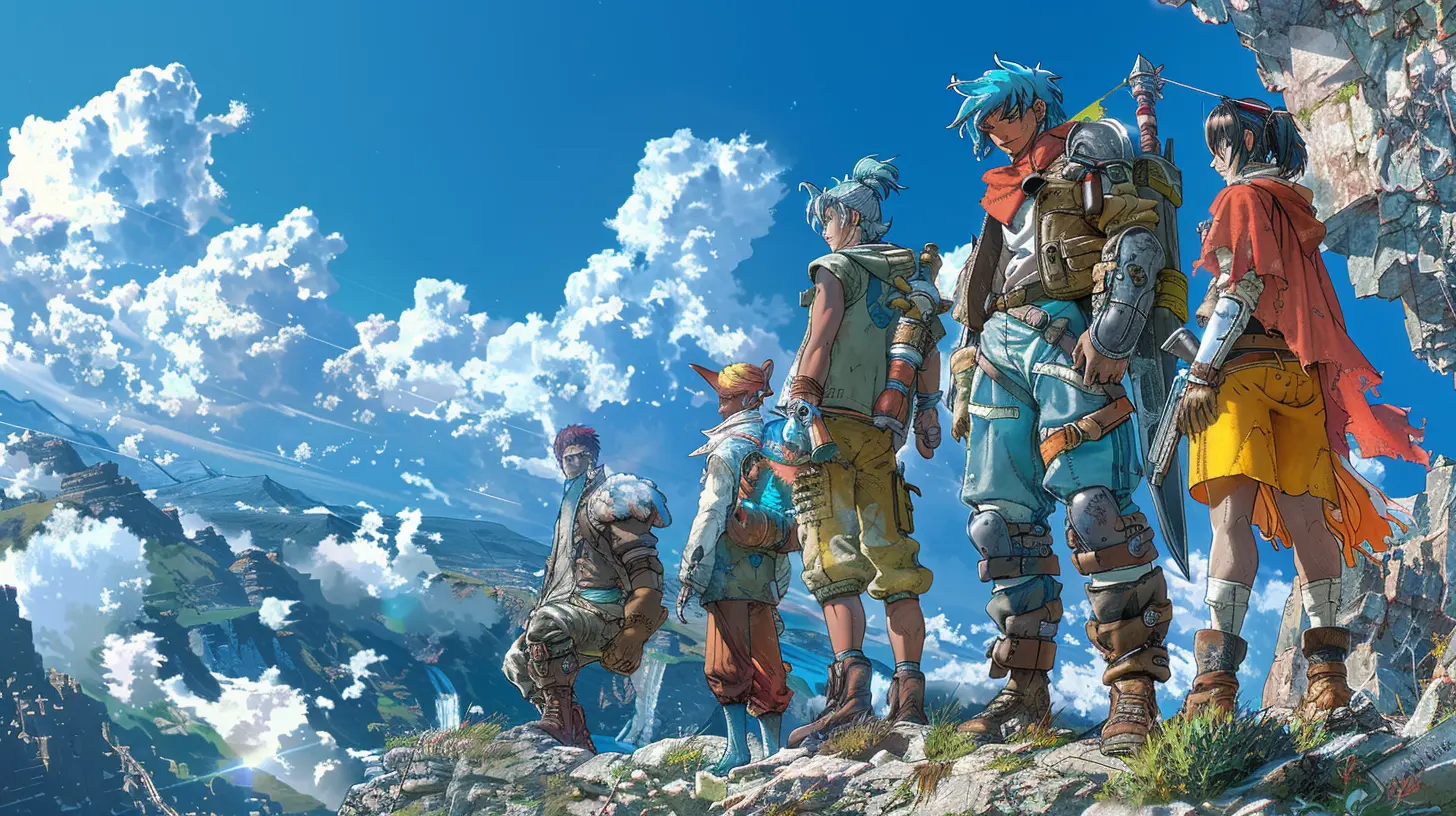
Combat Evolution: Turn-Based Meets Player Choice
Combat systems in RPGs? That’s where things get spicy. JRPGs have a knack for crafting intricate, turn-based combat systems. It’s not just button-mashing; it’s a chess match where every move counts. Games like Persona 5 or Chrono Trigger mastered this formula, blending tactical depth with flashy, satisfying animations.Now, Western RPGs historically leaned more toward real-time action. But as JRPG mechanics gained global appeal, we started seeing hybrids emerge. Games like Divinity: Original Sin and Pillars of Eternity took JRPG cues by incorporating turn-based combat elements—allowing for tactical planning and strategic depth.
It’s not just about the gameplay, though. JRPG combat often thrives on synergy among party members. Skills complement one another, and team dynamics are crucial. Western developers caught onto this, creating systems where working together is key (think of your squad in Mass Effect or the companions in The Outer Worlds). The days of running into combat solo are long gone, thanks to the JRPG influence.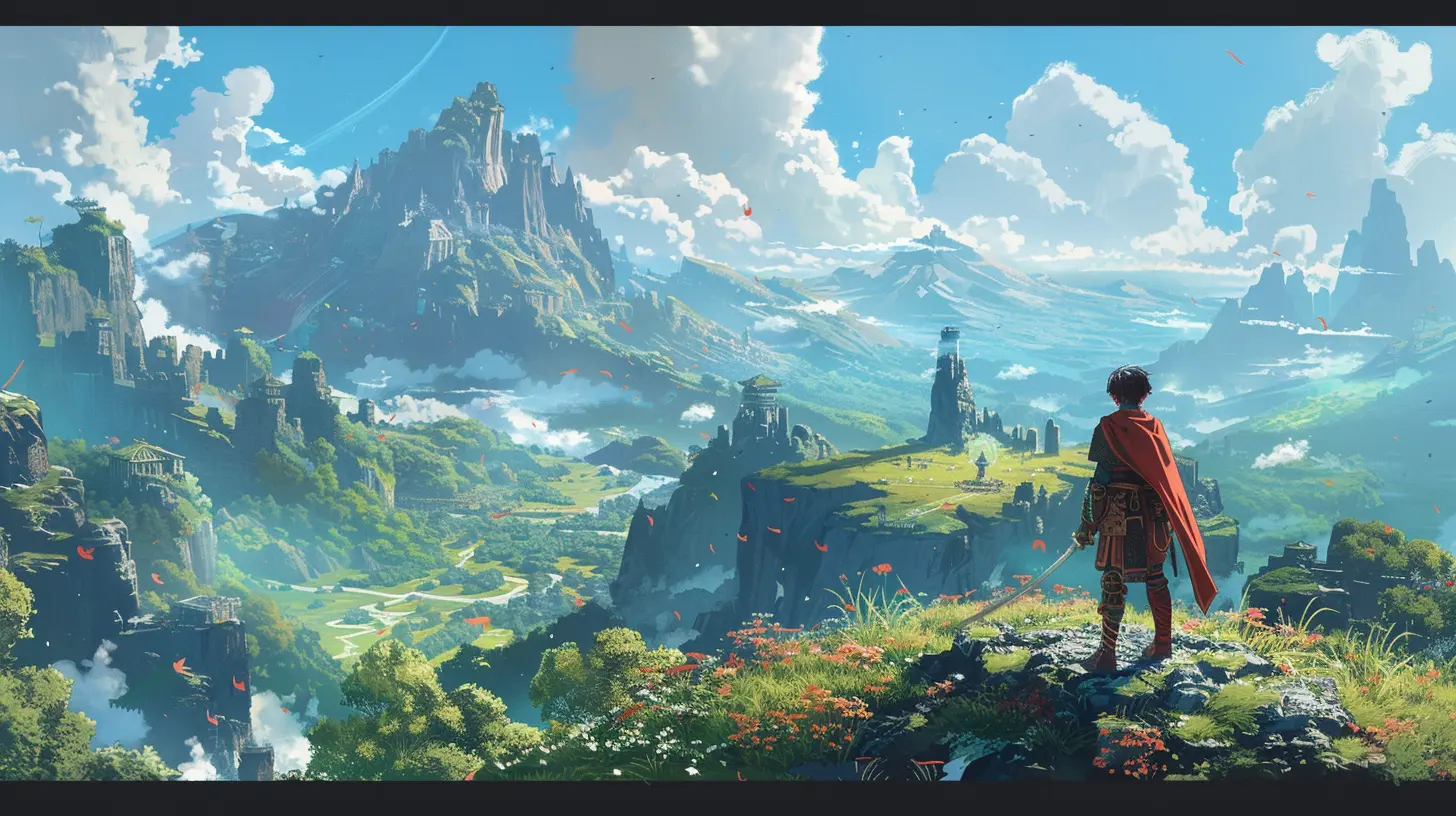
Artistic Flair: Borrowing the JRPG Aesthetic
If you’ve played any JRPG, you’ll know their art style is unapologetically bold. Vibrant colors, exaggerated proportions, over-the-top weapon designs (a sword the size of a forklift, anyone?)—it’s all part of the package.Western RPGs weren’t always about style. Early on, they went for a more grounded, medieval realism. But as JRPGs gained global popularity, Western developers started adding more flair. Just look at World of Warcraft. Its exaggerated character models and colorful visuals? Totally reminiscent of JRPG design.
Even newer Western titles, like Immortals Fenyx Rising, embrace quirky aesthetics that feel like a nod to JRPGs. It’s safe to say JRPGs expanded the artistic horizons of Western RPG developers, giving them the courage to play with fantastical, jaw-dropping visuals.
Linear vs. Open-World Design
Here’s where things get interesting. JRPGs are often linear. They’re like book chapters, guiding you from one well-crafted scene to the next. In contrast, Western RPGs are the wild, open sandbox where you can ignore the main quest entirely and just… go fishing.But wait—did you notice how Western RPG storylines have become tighter, with more structured arcs in recent years? That’s the JRPG influence! The Witcher 3, for example, balances its open-world exploration with deep, narrative-driven quests that feel purposeful. You can feel the JRPG DNA in its approach to storytelling.
On the flip side, JRPGs have been borrowing from the Western model too. Modern JRPGs like Xenoblade Chronicles now feature massive open worlds, giving players the freedom to explore without losing their narrative magic. It’s not just back-and-forth inspiration—it’s full-on creative cross-pollination.
Emotionally Engaging Soundtracks
Let’s not forget music! JRPGs revolutionized gaming soundtracks. Series like Final Fantasy and Kingdom Hearts built iconic soundscapes with unforgettable melodies. These weren’t just background tunes; they brought the story to life. Seriously, who doesn’t tear up hearing To Zanarkand from Final Fantasy X?Western RPGs took a page out of this playbook, recognizing how powerful a score can be in setting the tone. Just try playing The Elder Scrolls V: Skyrim without getting goosebumps from that opening theme. JRPGs showed the world that soundtracks could be as impactful as the visuals or plot.
Modern Hybrid RPGs: Blurring the Lines
Here’s the truth: the line between JRPGs and Western RPGs is blurrier than ever. Developer studios are no longer fixed in their ways, borrowing freely from both traditions to craft unforgettable experiences.Games like Ni no Kuni (produced by Japanese developers but inspired by Western mechanics) and Cyberpunk 2077 (a Western RPG with JRPG-like character arcs and aesthetics) are perfect examples of this fusion. The industry has reached a point where labels don’t matter—what matters is delivering memorable gameplay.
Why This Matters to Gamers
So, why does this JRPG-WRPG cross-pollination matter? Because it’s pushing the genre forward. By learning from each other’s strengths, developers are creating games that are richer, more complex, and, let’s be honest, way more fun. Whether you’re into JRPGs, Western RPGs, or a mix of both, you’re the ultimate winner here.At the end of the day, gaming is about connection. JRPGs brought emotional stories and tactical combat to the table, while Western RPGs delivered player-driven choices and sprawling open worlds. Together, they’ve evolved into something greater than the sum of their parts. And honestly? That’s the kind of teamwork we can all root for.
Final Thoughts
The influence of JRPGs on Western RPG design proves that collaboration trumps competition. When developers put their egos aside and focus on making great games, incredible things happen. The next time you’re playing your favorite RPG, take a moment to appreciate the craftsmanship behind it—and the global legacy it carries.Who knows? Maybe the next big innovation in RPGs will come from yet another exchange of ideas. As gamers, we’re just here to enjoy the ride. And what a ride it’s been so far.


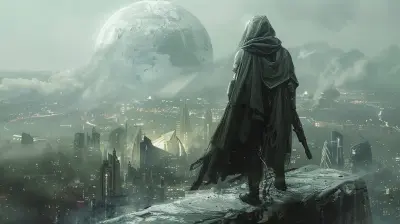
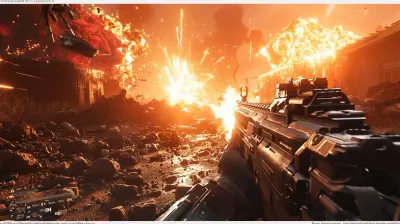
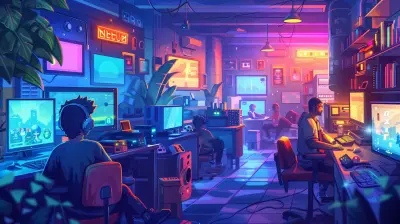
Cody Perez
JRPGs have intricately woven narrative depth and character development into Western RPGs, challenging design conventions and enriching player experience. This cultural exchange continues to shape our understanding of storytelling in games.
April 2, 2025 at 4:20 PM